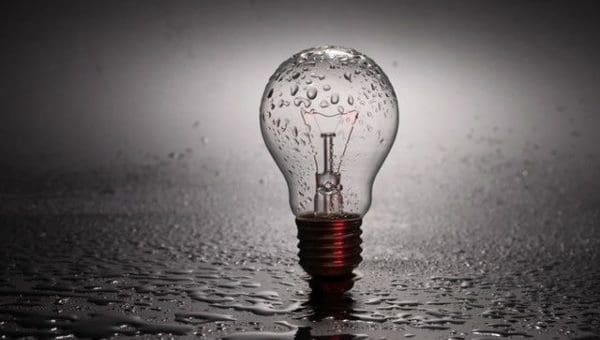 Appeals to sentiment and other emotions won’t make Manitoba Hydro financially viable. Manitobans can’t wish away the debacle that cost the utility, and all Manitobans, billions of dollars.
Appeals to sentiment and other emotions won’t make Manitoba Hydro financially viable. Manitobans can’t wish away the debacle that cost the utility, and all Manitobans, billions of dollars.
The problem started years ago and it will probably take decades to get out of the mess.
Attempts at northern development and providing aid to Indigenous communities are only a very small part of the bad planning and cash-burning character of the costly Keeyask dam project and Bipole III transmission line disaster. Yet it’s an important part.
These attempts were integral to a project that lacked a hard-headed, risk-averse management plan. The Crown corporation also didn’t seem to consider risks of insufficient demand for electricity; changes in energy markets (U.S. gas and power); resource and technology developments (natural gas from fracking); or cost overruns.
A Frontier Centre for Public Policy analysis shows that Manitoba Hydro could be worth anywhere from $3.6 billion to $21.4 billion as a private business on a fully taxed basis before interest expense (i.e., disregarding its enormous debt), with a narrower range of $6.3 billion to $7.7 billion (median to mean values of projections).
Using comparable Canadian and Brazilian hydroelectric-dominated utilities, the range is $4.3 billion to $17 billion, again fully taxed and without debt, with a narrower range of $8.3 billion to $9.9 billion (median to mean values of projections).
By using either method and since the company’s older, legacy operations are low cost and thus have good operating margins (and better reliability than many comparable companies), Manitoba Hydro could easily be worth $10 billion, perhaps substantially more.
Another $1 billion to $2 billion could be realized from the sale of Centra Gas, which has been hampered by being neglected by Manitoba Hydro in favour of promoting electrical energy over natural gas.
Sadly, the possible $12 billion will not offset the debt incurred as Manitoba Hydro’s new power plants and lines are completed. However, proceeds from a Centra Gas sale could make the inevitable resolution of the Manitoba Hydro fiasco less onerous on taxpayers and ratepayers.
If there’s no sale of any part of Manitoba Hydro, the province will have to assume up to $20 billion in debt. That’s a lot of debt for a province with a small population.
Blaming, name calling and harkening back to a vanished past won’t make Manitoba Hydro solvent. Ordinary Manitobans have been far removed from this horrendously managed company. Non-government shareholder ownership of the firm could have prevented this shipwreck from being inflicted on taxpayers and ratepayers.
This Crown corporation has, in fact, put a whole province at risk of austerity and diminished economic opportunities.
It’s the discredited philosophy of Crown ownership that has led to this impending disaster. And political masters have blithely endorsed its delusional precepts.
Albertans may not love Capital Power (a former municipal Crown) but it’s well managed, competitive, profitable, solvent and no threat to the Alberta economy or its people – unlike Manitoba Hydro.
Manitoba could take a lesson from Alberta.
Ian Madsen is senior policy analyst at the Frontier Centre for Public Policy.
The views, opinions and positions expressed by columnists and contributors are the author’s alone. They do not inherently or expressly reflect the views, opinions and/or positions of our publication.


